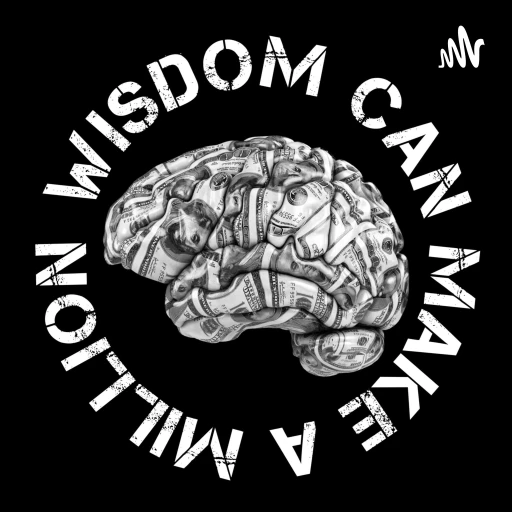This is how Easter dishes are in the world
Holy Week and the arrival of Easter are for many cultures rooted in religious tradition an important event of the year where gastronomy is also the protagonist. Giving Easter eggs in European countries, consuming fish in Latin countries or “stews” to represent the Holy Thursday dinner, are some of these gastronomic customs around these celebrations.
Here are the typical dishes to commemorate this time of year in some parts of the world.
Latin preparations
Argentina:
The vigil empanadas are typical (mainly those stuffed with tuna), and stewed with cod or dogfish. Sweets become the main ingredients in most desserts.
Chile:
Some types of empanadas with seafood are usually eaten, with vegetables, sometimes fruit jam (pears, alcayotas), or chopped apples (this is typical in the South), but in general, the first one is more commonly consumed and massive, along with the cheese frit, which is almost always made with millefeuille dough.
Ecuador:
For Easter a dish called “Fanesca” is prepared, a type of soup prepared with vegetables, cereal grains, and salted cod, which is usually accompanied with molo (a kind of mashed potato) and with fig candy. In some places it is accompanied with choclotandas (also known as humitas), which is a sandwich prepared with ground corn (young corn), milk, egg, cheese and butter wrapped in corn leaves and steamed.
European dishes
Germany:
Osterlamm (Easter Lamb) is a very typical sweet dish that is prepared with some variations depending on the area of the country. In this case, in addition to traditional Easter dishes such as Hefezop (a type of brioche) and decorated boiled eggs, they also incorporate more modern recipes that include all kinds of omelets.
Croatia:
A very typical dish is Pinca bread, very similar to the German sweet Hefezopf. During the Easter holidays in Croatia it is also customary to eat boiled ham, spring onions and radishes.
Spain:
Traditional Spanish gastronomy is very varied. For example, there are the Torrijas, a whole institution, which are nothing more than slices of bread sautéed in milk or wine, with spices and battered in egg that are then fried in the pan with olive oil.
Onion soup is another typical dish of Holy Week in Spain. Other common sweet delicacies are the Easter Buñuelos and the Mona de Pascua, a type of cake typical of Catalonia that in its most traditional version is covered with rolled almonds and decorated with colored eggs and figurines.
France:
The French also eat lamb at Easter and their specialty is “Le Gigot d’Agneau Pascal”. The leg of the lamb is marinated with garlic, salt, pepper and olive oil and roasted in the oven. If there are leftovers, they are used to prepare sandwiches the next day. It is traditionally served with green beans and roasted potatoes…
Discover more typical dishes of these dates in this podcast.
Categories: Arts

















